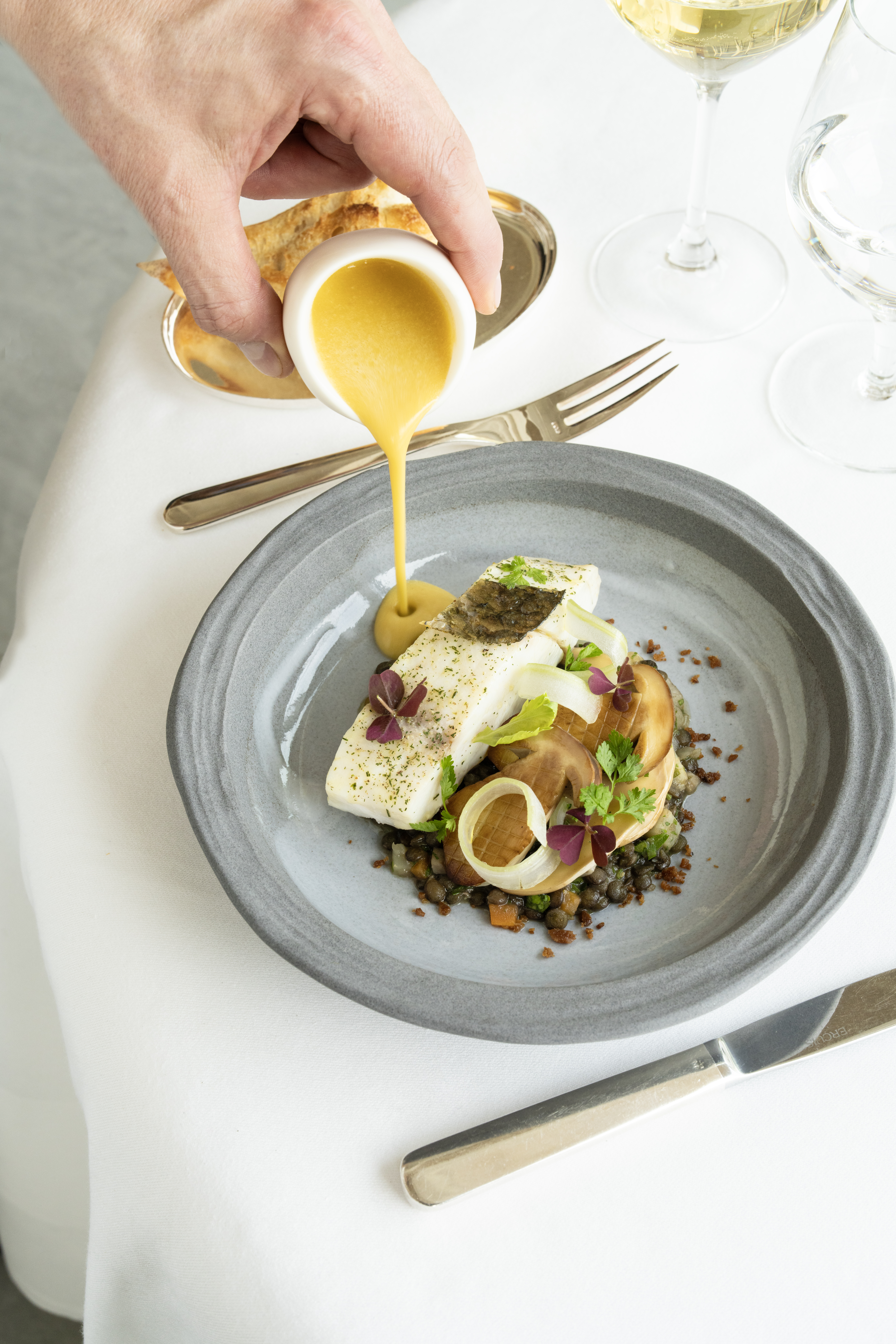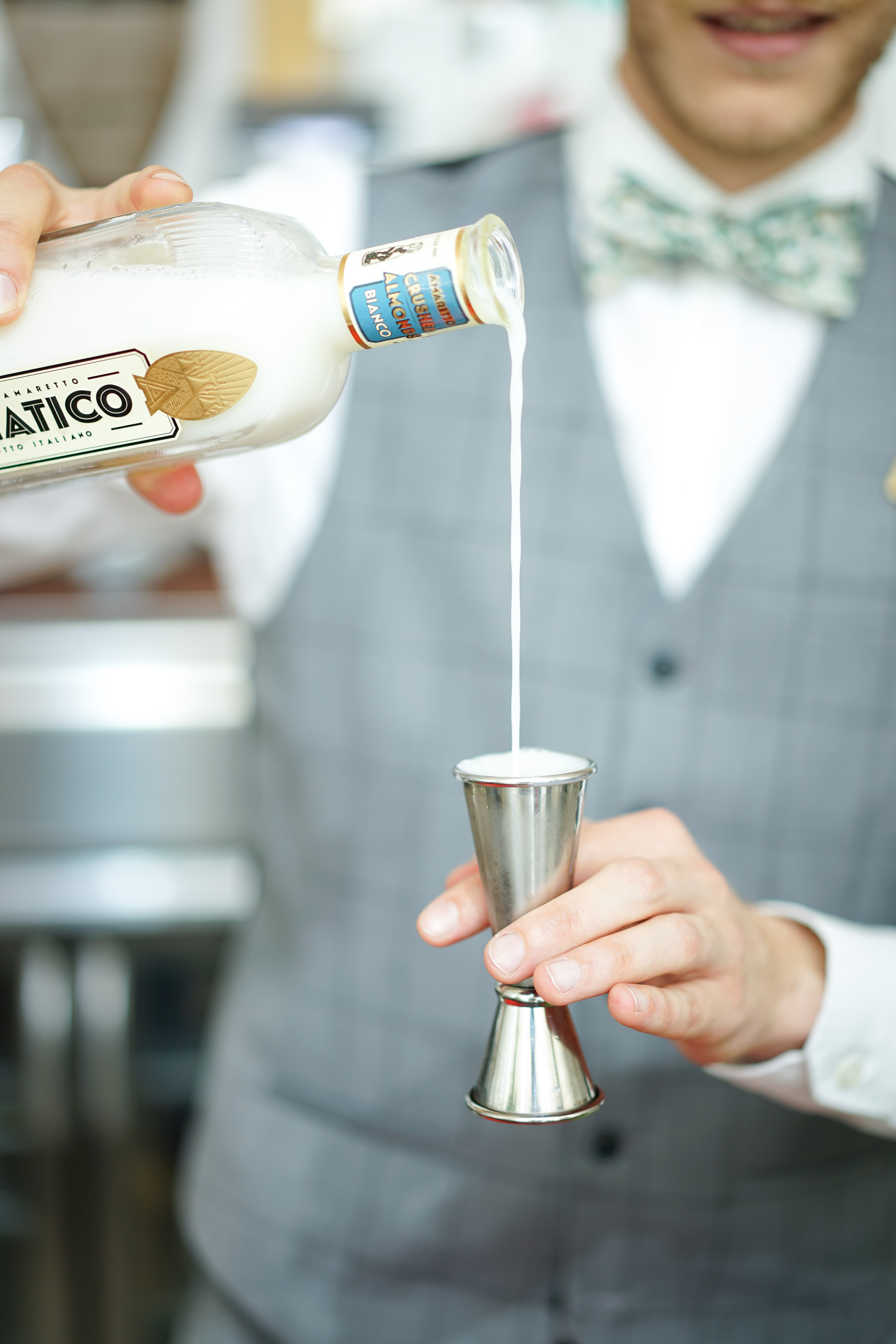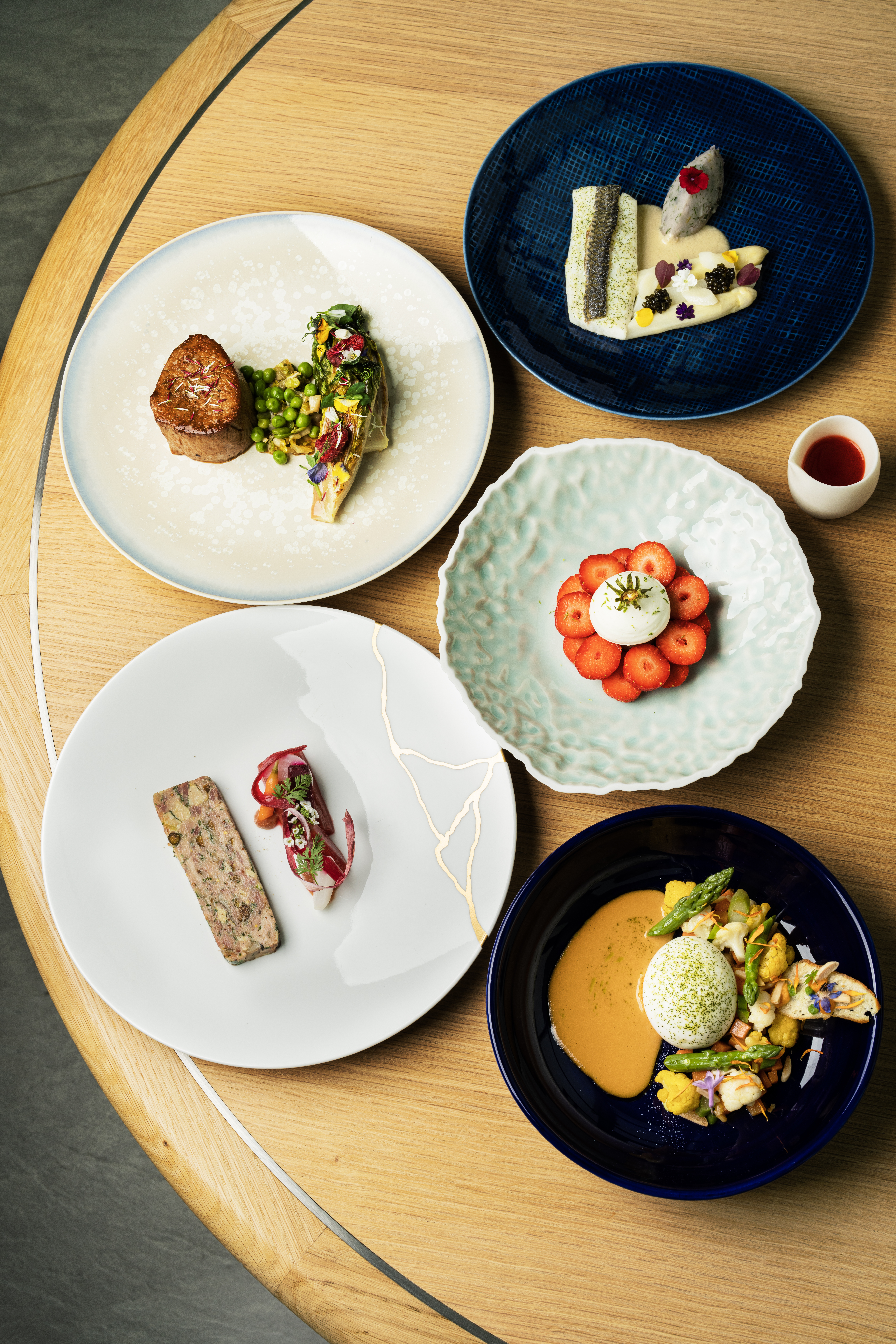Understanding the Michelin star rating system
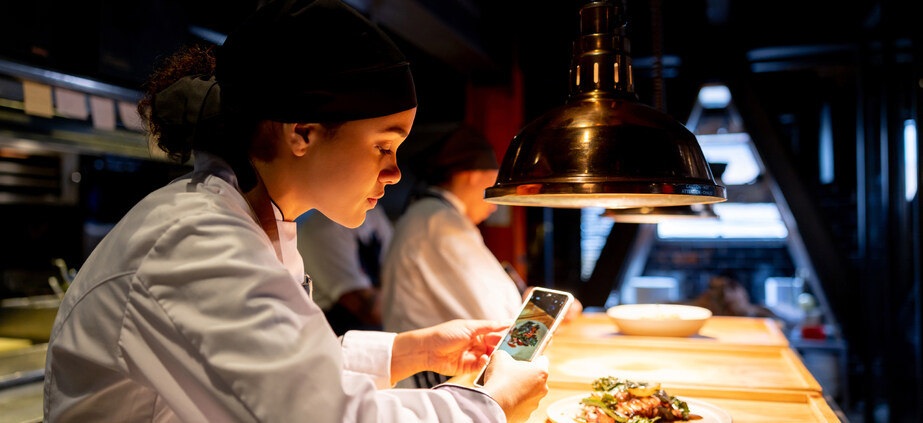
If you're interested in a culinary career in the restaurant industry, you will likely have heard of the MICHELIN Guide and the Michelin star rating system for restaurants.
Many of the students we train at Ecole Ducasse aspire to join one of the prestigious restaurants recommended in the MICHELIN Guide or see their own restaurant listed there in the future.
In fact, Ecole Ducasse was founded by Alain Ducasse, a world-renowned Michelin star restaurateur.
A Michelin star represents unparalleled excellence in the culinary realm and is only awarded to the world's best restaurants offering exceptional cuisine.
In this guide, we'll explore everything you need to know about the Michelin star rating system.
Introduction to the Michelin star rating system
Michelin stars are awarded by the MICHELIN Guide, which is seen as one of the most respected and influential culinary guides globally.
Receiving one or more Michelin stars is considered the ultimate honor in the culinary world, especially as they are only awarded according to the strictest and most refined criteria.
For instance, out of the thousands of restaurants in New York City, just 55 have one Michelin star, 13 have two stars, and only five have three Michelin stars.
Being awarded a Michelin star represents the highest possible level of culinary expertise, creativity, and consistency in the restaurant's food, service, and dining experience.
To receive one, two, or three Michelin stars can be a game changer for restaurants and a chef's career.
It enables the restaurant to attract high-end customers and gives them a significant competitive advantage.
Michelin stars can have such a significant impact within the industry that if a restaurant loses a star, it may struggle to attract customers and maintain its reputation.
History of the Michelin star rating system

Royalty-free/DigitalVision via getty images
The MICHELIN Guide was created by the MICHELIN tire company.
The French brothers Andre and Edouard Michelin founded the guide in 1900 to promote car ownership, tire sales and to encourage motorists to explore the French countryside.
Around 35,000 copies of the first guide were printed and included maps, travel tips, and information about local attractions and services.
In 1926, the guide began including restaurant reviews and star ratings. The rating system began with just one star for restaurants considered to be of exceptional quality.
In 1931, the second star was introduced, followed by the third in 1933.
The Michelin star rating system quickly became recognized as an influential and prestigious fine dining guide and soon expanded beyond France to include the rest of the world. It now covers 37 countries across North America, South America, Asia, and Europe.
Today, the Michelin star rating system consists of a scale of one to three stars, with three stars being the highest rating.
How the Michelin star rating system works
Michelin's team of 80 anonymous inspectors is sent to review selected restaurants. The inspectors book, dine and pay for their meals just like regular diners.
After they’ve visited a dining establishment, the inspector will compile a detailed report about their experience, including the quality and presentation of each dish.
Their reports are then analyzed to determine which restaurants offer high-quality food and are worthy of receiving one or more Michelin stars.
While a chef should always aspire to be a master of flavor, stars are not awarded to the chef, but the restaurant.
The criteria for awarding stars is based on the food, including quality of ingredients, skill in preparation, the combination of flavors, creativity, consistency, and value for money.
Other factors like the restaurant's décor, table settings, ambiance, and service are not considered when awarding Michelin stars.
These elements are reflected by the number of "covers" in MICHELIN guides, represented by fork and spoon symbols.
Criteria for awarding Michelin stars
Which restaurants are worthy of review is decided by the MICHELIN Guide's team of inspectors who visit numerous restaurants across different regions and countries throughout the year.
They are tasked with evaluating restaurants based on a strict set of standards, which include:
- Ingredient quality
- Flavors and cooking techniques
- Chef's personality as represented in the dining experience
- Value for money
- Consistency between inspectors' visits
Anonymous inspectors and the inspection process

Maskot/Royalty-free via getty images
Michelin's anonymous inspectors are experienced culinary professionals and food critics.
They work anonymously to ensure that each restaurant is evaluated objectively and undergo extensive training to ensure they can identify high-quality restaurants. The inspection process is extremely rigorous and detailed.
The inspectors must evaluate a restaurant based on a range of factors and will usually visit it several times before making their final assessment.
What the Michelin star ratings mean
How do Michelin stars work? The criteria for awarding Michelin stars is very strict, and a restaurant can only receive a star if they meet the highest standards of excellence.
The Michelin ranking system has three levels.
One star
A one-star rating means the restaurant is considered "very good and worth a stop" as it serves high-quality cuisine.
The food is well-prepared and uses fresh ingredients and expert cooking techniques, but lacks the creative flair you'd find at two and three-star restaurants.
Two stars
A two-star rating means the restaurant is considered "excellent and worth a detour" as it serves exceptional food and offers a distinctive dining experience.
The food is made using the highest quality ingredients and advanced cooking techniques, and the dishes are expertly prepared and presented and offer more distinctive flavors than what you'd find at a one-star restaurant.
Three stars
A three-star rating means the restaurant is considered "world-class and worth a special journey", as it represents the absolute pinnacle of fine dining.
The dishes are innovative, perfectly executed and presented, and often incorporate unusual ingredients.
The service is also faultless, with an elegant and refined atmosphere. It's rare for a restaurant to be awarded three Michelin stars.
The MICHELIN Guide also uses other symbols and restaurant ratings to evaluate restaurants.
For instance, a Bib Gourmand rating is awarded to restaurants serving excellent food at a reasonable price.
Famous restaurants with Michelin star ratings
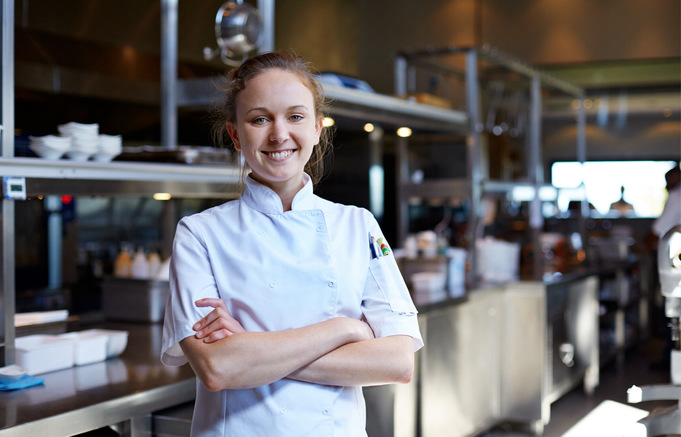
Klaus Vedfelt/ Royalty-free via getty images
Many famous restaurants worldwide have been awarded Michelin stars for exquisite food, including:
| Restaurant | Location | Michelin Rating |
|---|---|---|
| Alain Ducasse at The Dorchester | London, United Kingdom | ★★★ Three Stars |
| The Fat Duck | Bray, United Kingdom | ★★★ Three Stars |
| Noma | Copenhagen, Denmark | ★★★ Three Stars |
| Eleven Madison Park | New York City, USA | ★★★ Three Stars |
| Alinea | Chicago, USA | ★★★ Three Stars |
| The French Laundry | Yountville, USA | ★★★ Three Stars |
| Osteria Francescana | Modena, Italy | ★★★ Three Stars |
| Mirazur | Menton, France | ★★★ Three Stars |
| Azurmendi | Larrabetzu, Spain | ★★★ Three Stars |
| Gaggan | Bangkok, Thailand | ★★ Two Stars |
Benefits of having a Michelin star rating
The benefits of Michelin stars for a restaurant are immense.
Being awarded one or more Michelin stars is a huge honor for a restaurant and recognizes its commitment to serving remarkable, creative food. It can be an excellent motivator for head chefs and staff and help attract top talent.
A Michelin star puts the dining restaurant firmly on the culinary map, increasing its visibility and standing across the world.
Michelin-starred restaurants often have access to exclusive industry events, such as food festivals and culinary competitions, and the opportunity to partner with prestigious brands in the industry.
Pursuing a career in the culinary industry
Pursuing a career in the culinary arts requires excellent cooking skills, a strong passion for food, plenty of creativity, and dedication.
You'll need to develop your culinary experience, learn about different cuisines and cooking techniques and be able to work collaboratively with others.
Success in the culinary arts requires hard work and a commitment to ongoing learning and self-improvement.
Studying at a culinary school in France, such as Ecole Ducasse, provides the opportunity to study under the tutelage of world-leading professional chefs to develop fundamental skills in one of the world's most celebrated culinary destinations.
Education and training
A culinary arts bachelor degree from Ecole Ducasse provides a comprehensive education in culinary and management skills.
You'll learn about cooking techniques, food safety, kitchen management, menu planning, and nutrition.
It also includes valuable hands-on training in the school's professional kitchens and restaurants and internships with world-class chefs and restaurants.
Career paths in the culinary industry
What can you do with a culinary degree? After completing a culinary arts degree program, you'll find many options for a culinary career, depending on your skills and interests.
As a professional chef, you can be a head or sous chef, pastry chef, or baker. Other options include restaurant manager, catering manager, food stylist or restaurant owner.
Each offers the potential of an exciting, dynamic, and rewarding culinary career especially if you join one of the world’s Michelin restaurants.
Conclusion
The Michelin star rating system is one of the most famous ranking systems in the world.
Receiving one or more Michelin stars signifies excellence and prestige, elevating a restaurant's reputation and attracting diners worldwide.
If you're looking to start a world-class career in the culinary arts working at a Michelin star restaurant, building a strong foundation of culinary skills combined with hands-on experience is essential.
With hard work, dedication, education, and training from a world-class culinary school such as Ecole Ducasse, you can achieve your goal and make an impact in the exciting and rewarding world of the culinary arts.
Photo credits
Main image:
Hispanolistic/E+ via getty images


